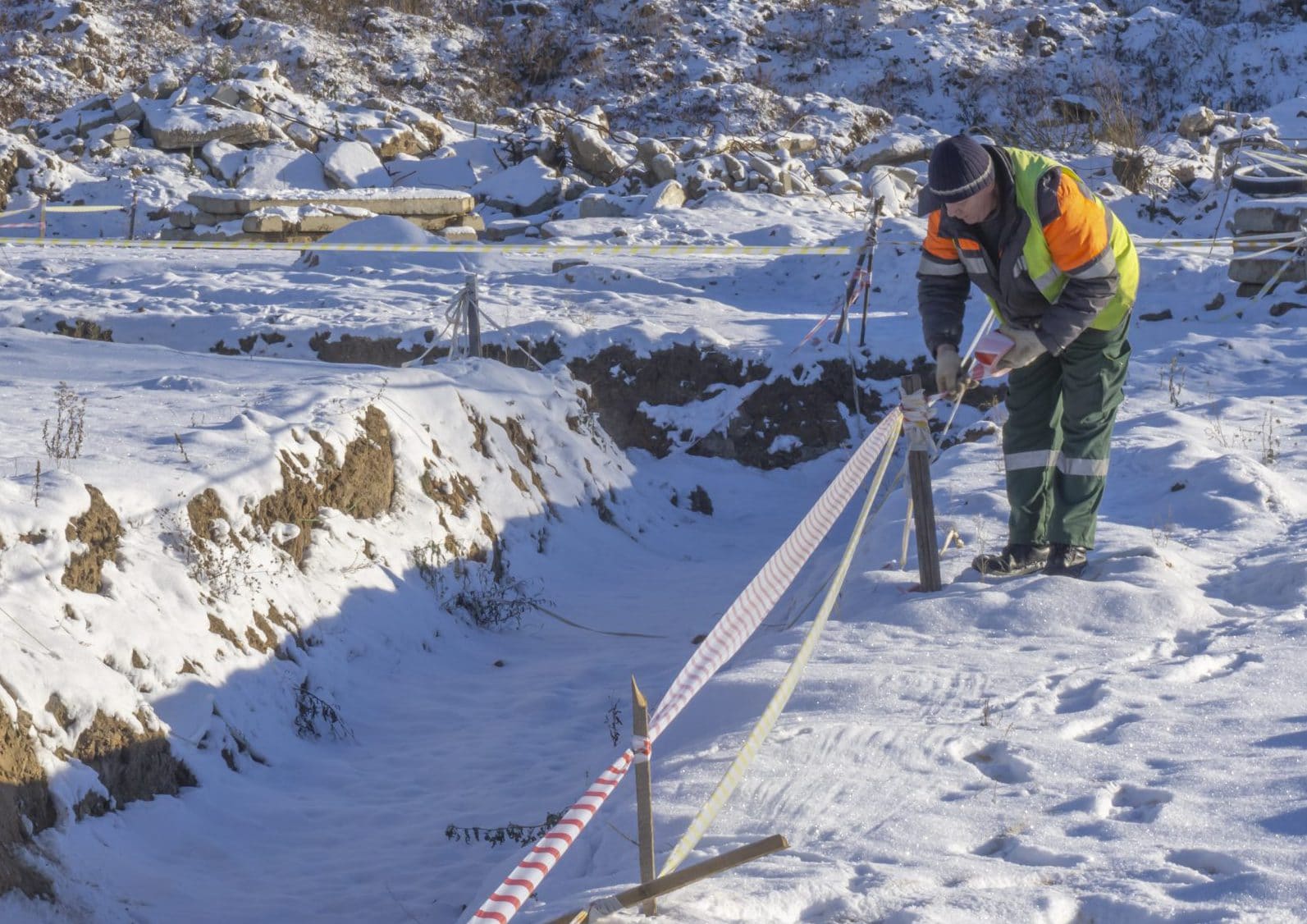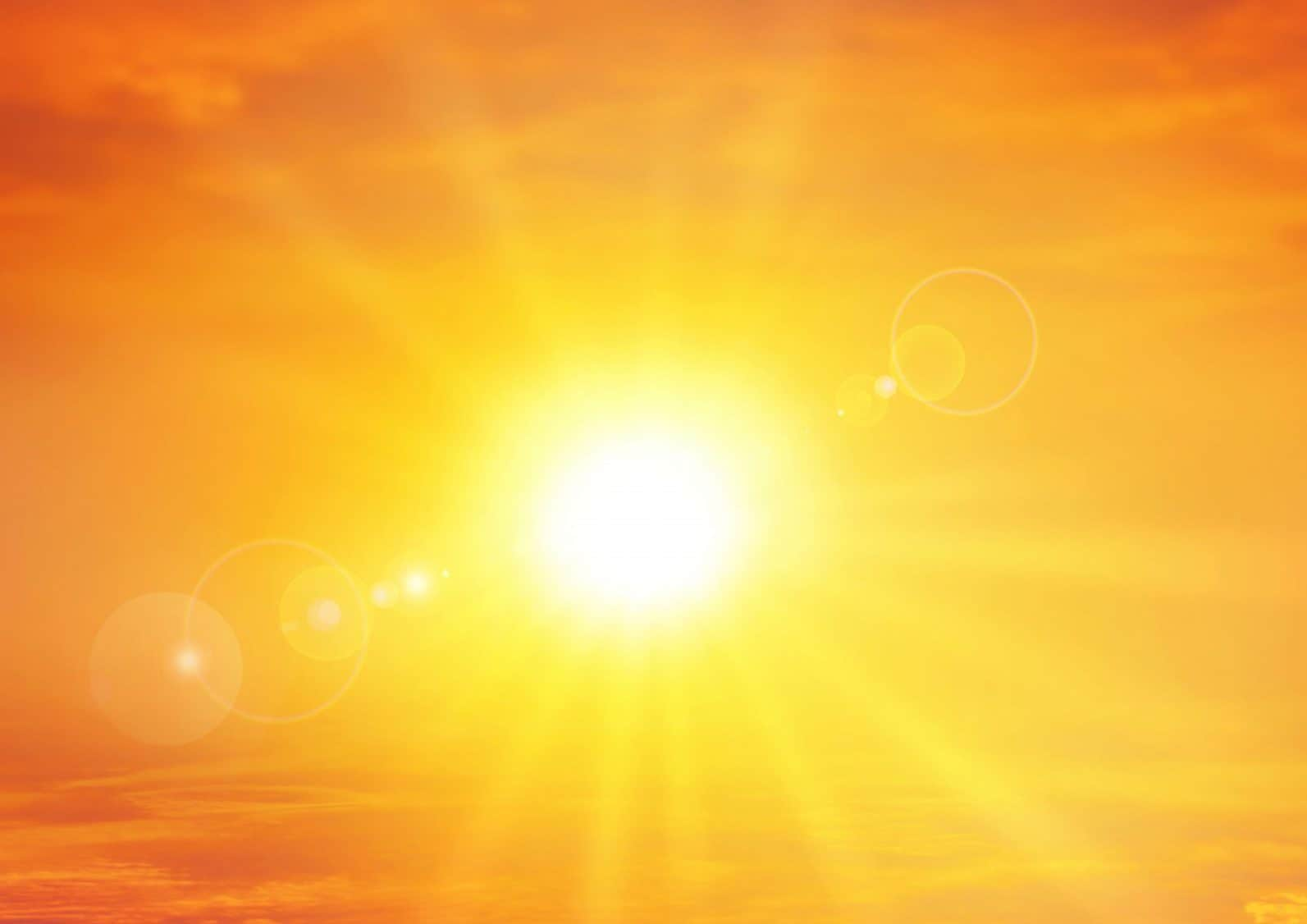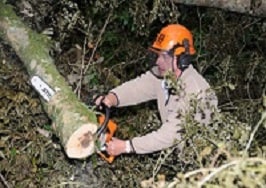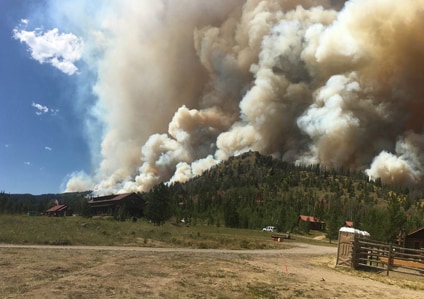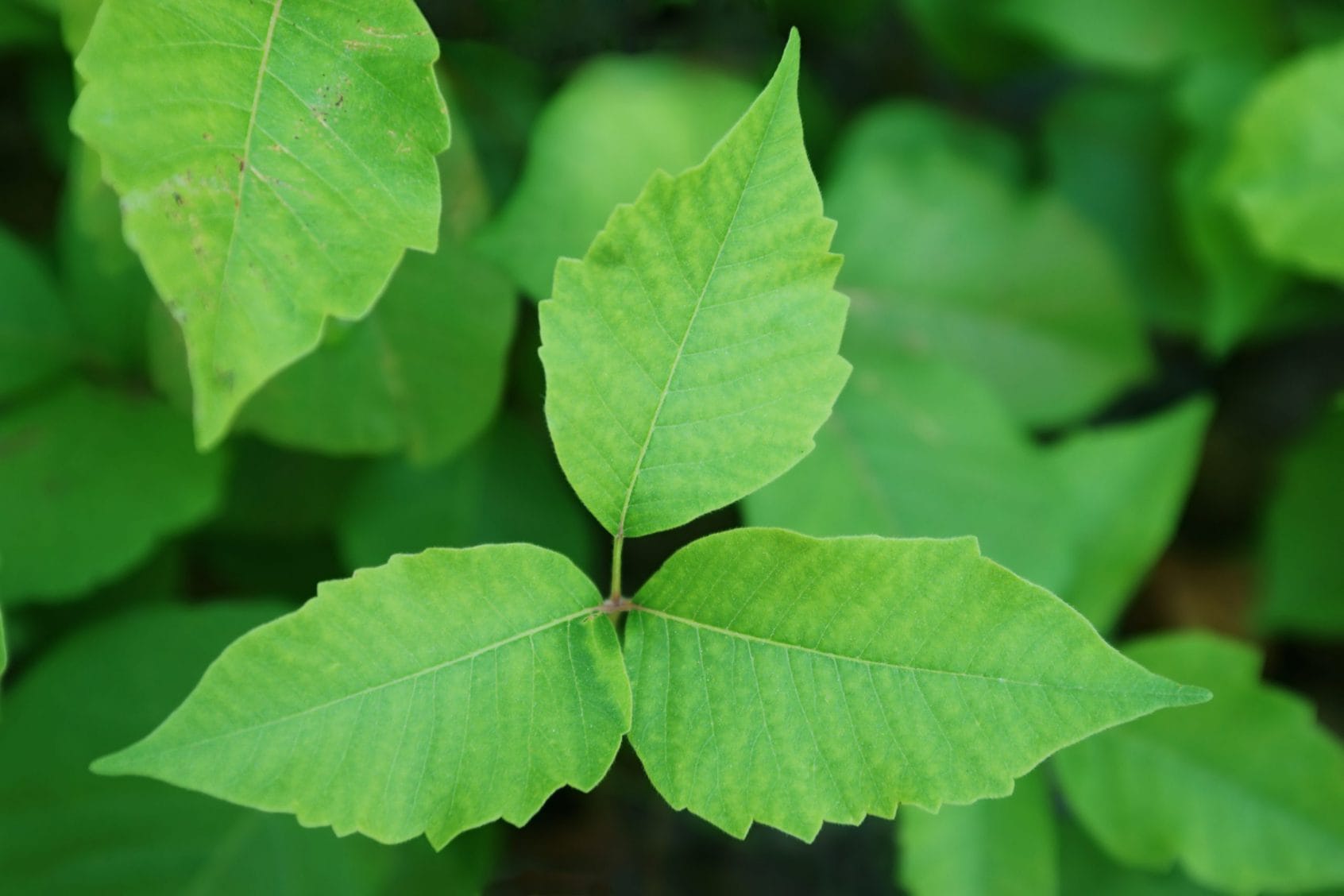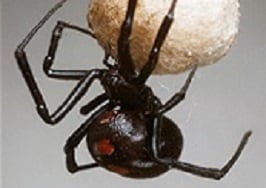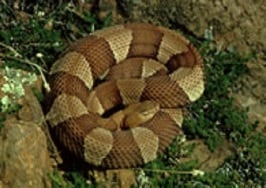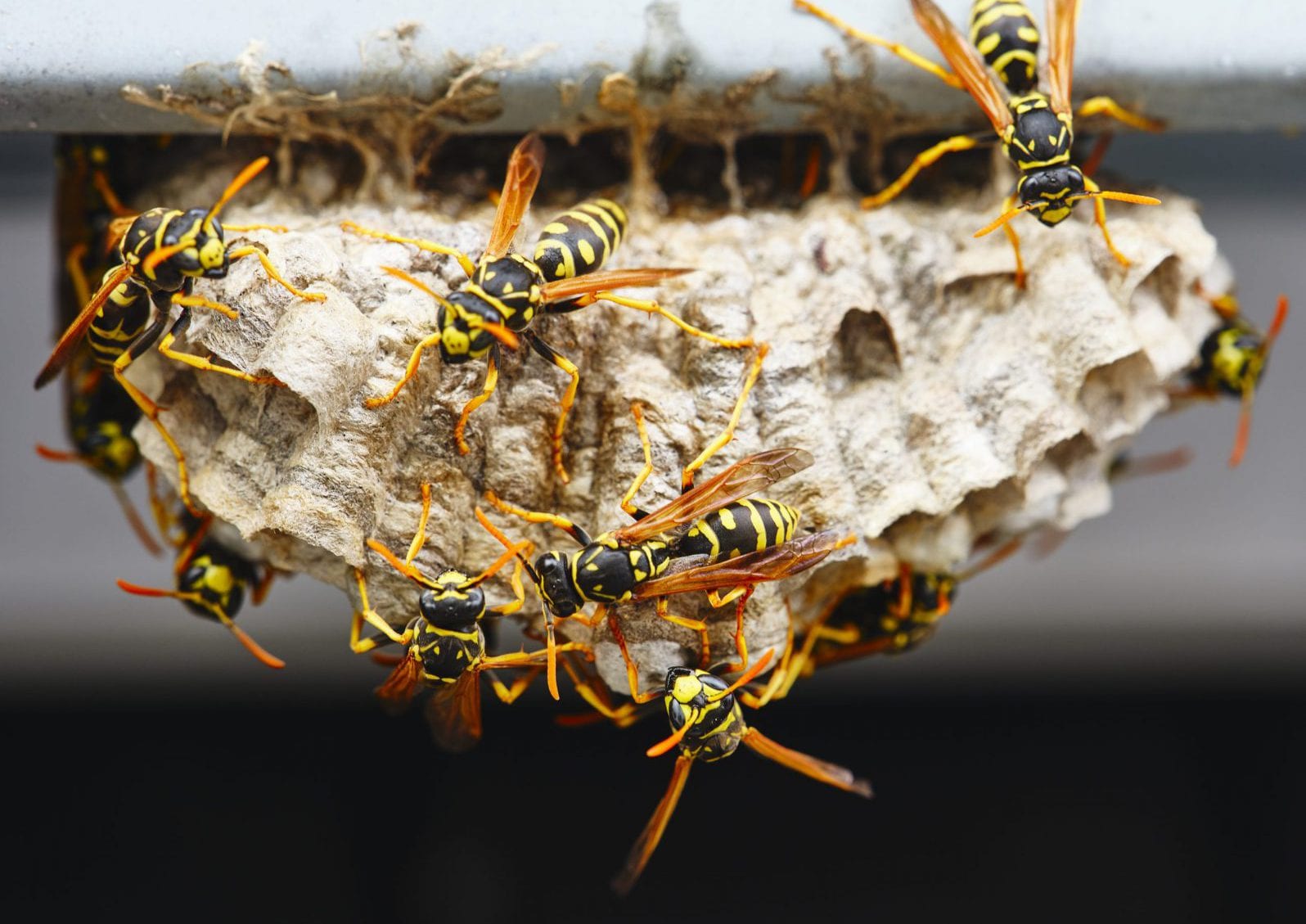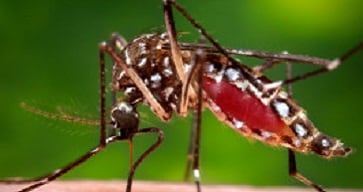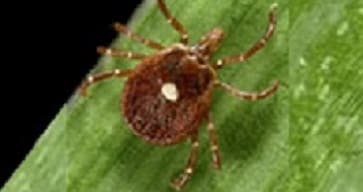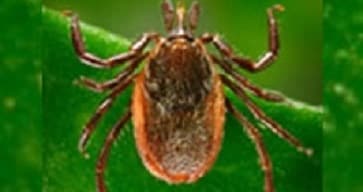HAZARDS TO OUTDOOR WORKERS
Overview
Outdoor workers are exposed to many types of hazards that depend on their type of work, geographic region, season, and duration of time they are outside. Employers should train outdoor workers about their workplace hazards, including hazard identification and recommendations for preventing and controlling their exposures.
Physical Hazards
Physical hazards to outdoor workers may include extreme heat, extreme cold, noise, and sun exposure. Extreme heat can cause heat stroke, heat cramps, heat exhaustion, heat rash, and other problems. Extreme cold can cause hypothermia, frostbite, and other problems. Repeated exposures to loud noise can lead to permanent, incurable hearing loss or tinnitus.
Biological Hazards
Biological hazards include vector-borne diseases, venomous wildlife and insects, and poisonous plants. Venomous snakes, spiders, scorpions, and stinging insects can be found throughout various geographic regions, and are especially dangerous to workers who have allergies to the animal. Poisonous plants can cause allergic reactions if their oils come in contact with skin. These plants can also be dangerous if burned and their toxins are inhaled.
Vector-borne Diseases
Vector-borne diseases may be spread to workers by insects, such as mosquitoes or ticks. When a mosquito or tick bites a worker, it may transfer a disease-causing agent, such as a parasite, bacterium, or virus.
Outdoor workers may encounter other hazards in addition to the physical and biological hazards described here. They may be exposed to pesticides or other chemical hazards, traumatic injury hazards, or other safety and health hazards depending on their specific job and tasks.

